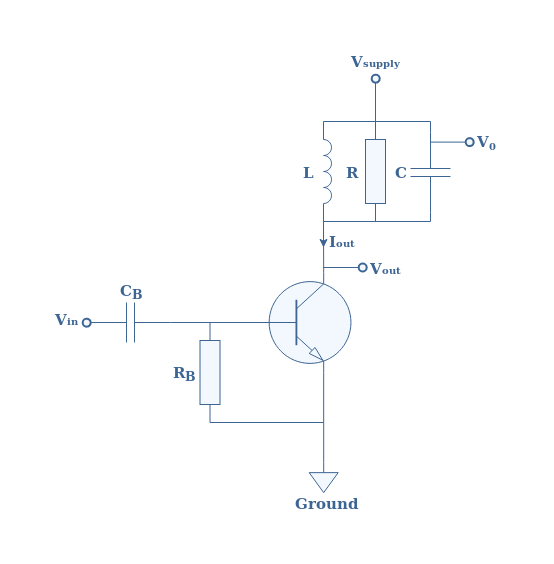froten_103
Newbie

I have constructed the circuit shown in the figure which is class C amplifier for 27MHz transmitter, and is working as expected.
Now I’m trying to match the amplifier to the driving stage which has 50 Ohm output impedance, but I don’t know the input impedance of my amplifier to design the matching network, I need help on how to measure or calculate or estimate the input impedance of the class C amplifier? I just need an approximate value, or a simple method to measure, even a rule of thump is adequate.
Thanks in advance for any help

Now I’m trying to match the amplifier to the driving stage which has 50 Ohm output impedance, but I don’t know the input impedance of my amplifier to design the matching network, I need help on how to measure or calculate or estimate the input impedance of the class C amplifier? I just need an approximate value, or a simple method to measure, even a rule of thump is adequate.
Thanks in advance for any help

